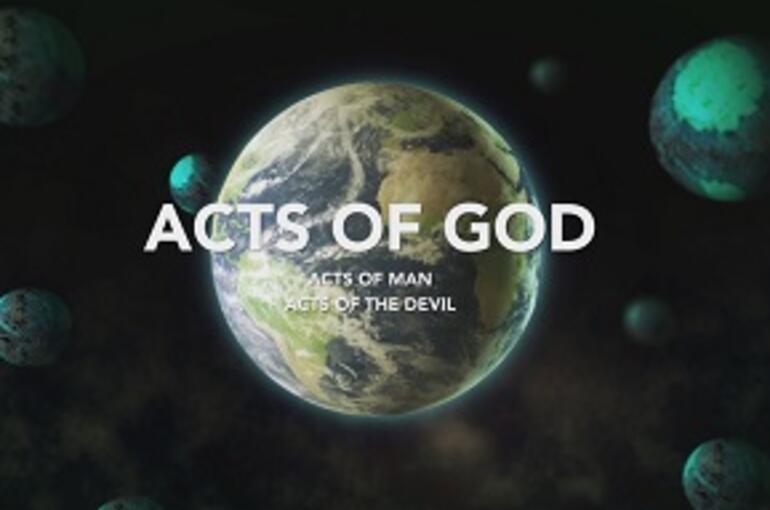- FR
- EN

Natural catastrophes still remain the principal cause of destruction on Earth. But these so-called “Acts of God” are not the only risks to which our societies are exposed: there are also “Acts of Man”, “Acts of the Devil” and the constant mutations and interactions between them.
Natural catastrophes still remain the principal cause of destruction on Earth: we call them “Acts of God”. Their average insured cost is more than six times greater than that of man-made accidents. And their economic cost is much greater still, because only a fraction of people and their property are insured.
But “Acts of God” are not the only risks to which our societies are exposed. Human activity also creates intrinsic risks, which we call “Acts of Man”. Obvious examples include macroeconomic risks, financial crises and large industrial accidents. People are also constantly creating new risks, through scientific and technological progress. Although the latter is fundamentally positive for societies, it always has a downside as it generates new risks – in the nuclear, cyber, aviation, nanotechnology and genetic manipulation fields, to name but a few.
Moreover, increasing interactions between natural risks on the one hand, and technological risks and human activities on the other, are creating new risk mutations. Human activity has magnified the consequences of natural catastrophes, which largely explains why their cost is trending upwards. First, climate change, of which human activity is a recognized cause, contributes to minor climate events as well as highly destructive major storms. Second, human habitation and wealth have become heavily concentrated in the world’s riskiest areas: coastlines, the slopes of volcanoes, riverbanks, earthquake-prone regions, and so on. And rampant urbanization has been amplifying the consequences of these events. Furthermore, due to growing economic interconnections and globalization, any natural catastrophe, whether a drought in Russia, a tsunami in Japan or a flood in the U.S., can impact global supply chains and trigger indirect consequences throughout the world. Lastly, certain technological developments have created natural catastrophe exposures to which our modern societies were not vulnerable in the past. Solar storms, which can seriously damage electrical systems - whether power grids or means of communication like satellites - have only become a major cause of concern in the last few decades. The largest solar storm on record, the Carrington Event of 1859, would cause a massive blackout if it happened today.
We call the third category of risks “Acts of the Devil”, meaning deliberate destruction and acts of malice such as war, extreme social unrest, terrorism and cyber attacks. The severity of these risks is, by nature, highly variable. The threat of terrorism in particular has become ubiquitous and a major source of concern for our societies. We have been spared – until now – from hyper-terrorism attacks designed to kill en masse using nuclear, chemical, biological or radiological weapons, but the possibility of such extreme tail events cannot, unfortunately, be precluded.
The risk universe is expanding. Risks constantly emerge, mutate and interact with each other. Technological progress and growth should not be slowed down, but we have to make sure that they are not corrupted. This is why risk must be actively managed at every level. To this end, SCOR constantly invests in the understanding and modeling of risk, building up its expertise and pushing back the frontiers of insurability so that its clients can face the consequences of risk as effectively as possible.
SCOR and its 2,800 employees are very proud to contribute to the protection and welfare of millions of people around the world facing risks of all kinds.